18 Wild Animals in Denmark [Wildlife in Denmark]
Want to know more about the wildlife in Denmark?
Discover 18 wild animals in Denmark in this post, as well as interesting facts about them. 🇩🇰
Learn All About Danish Animals
Ready to learn all about Danish animals?
I’ve always been fascinated by animals, and by how they can be so different from one country to another. In this guide, we’ll focus on the many animals Denmark has on the land, in the sky, and underwater.
I’ve split the guide into 4 categories:
- Native animals from Denmark
- Endangered animals of Denmark
- What is the national animal of Denmark?
- How many animals native to Denmark?
Let’s dive in right away with our first category!
Native Animals from Denmark
Denmark is a small European country located in the northern part of the continent, and it is surrounded by the Baltic Sea. It rules over the North Pole, known as Greenland, as well as the Faroe Islands. It is bordered by Germany, and its capital and largest city is Copenhagen, which counts more than 805,000 inhabitants (but more than 2,057,000 if you include the metropolitan area!).
An interesting part of the country that I wanted to tackle is its wildlife. In light of that, I have listed the best of it, and I hope you will love learning what animals live in Denmark.
Here’s the Denmark animals list.
1. Orca
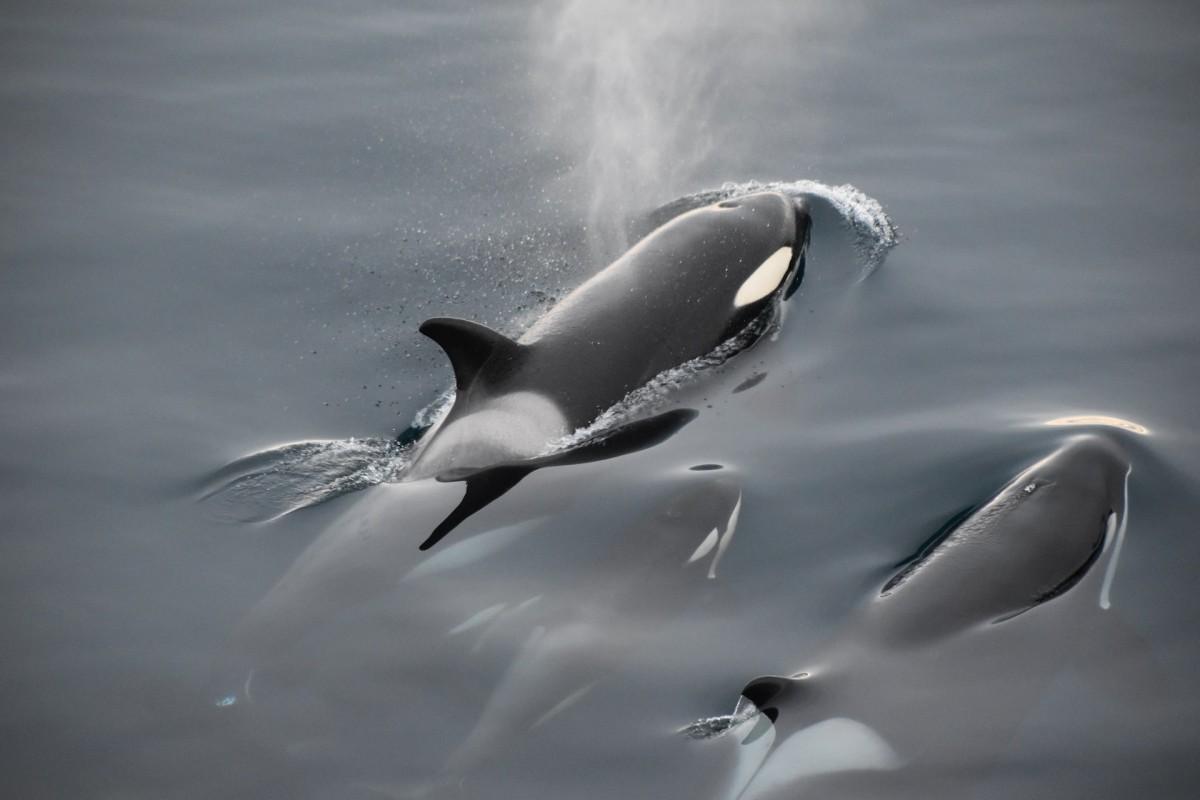
- Name: Orca
- Scientific name: Orcinus orca
- Conservation status:
The orca, also known as the killer whale, is one of the largest and most iconic predators on the planet. It is a species of toothed whale native to almost every ocean and sea in the world.
Its diet is quite diverse, even though some species specialize in particular types of prey such as fish or marine mammals, from dolphins to seals. Besides, it is likely that there are in fact 2 or 3 subspecies of orca, hence its classification as “data deficient” for now.
2. Red deer
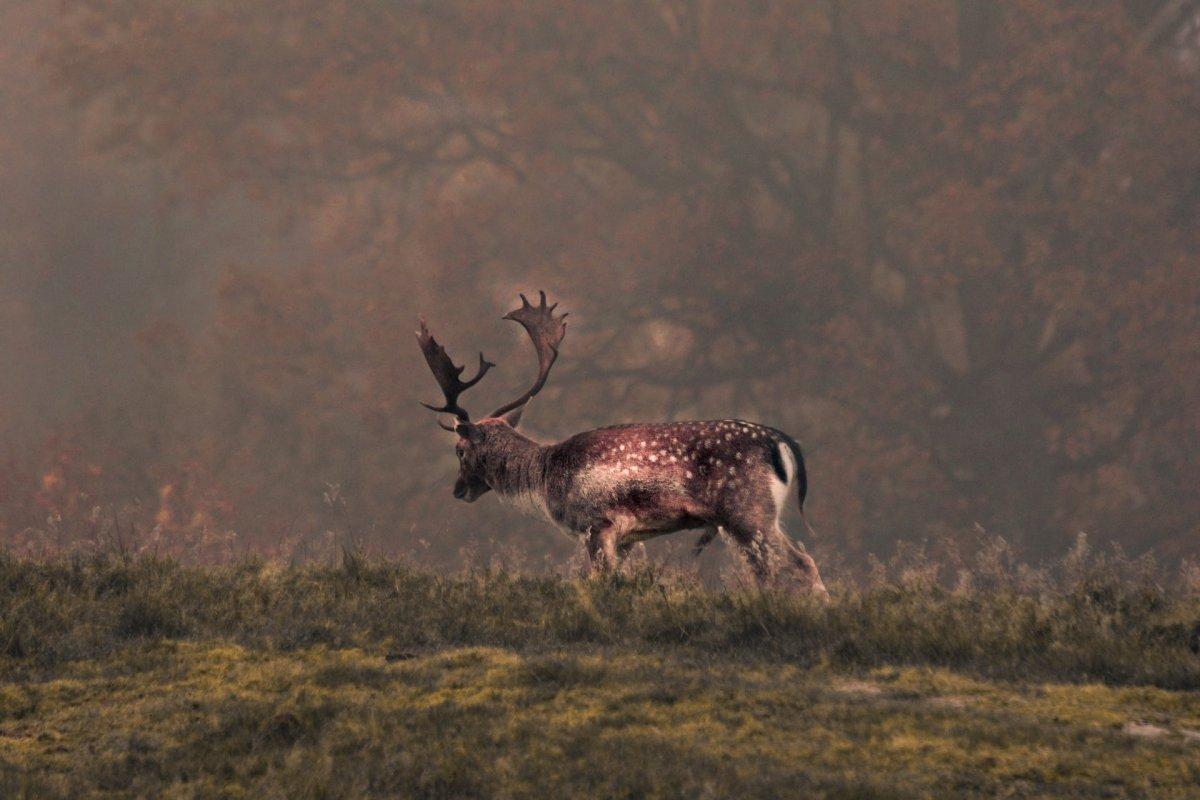
- Name: Red deer
- Scientific name: Cervus elaphus
- Conservation status:
The red deer is one of the largest species of deer on the planet. While females are known as hinds, males are called stags or harts.
This deer lives in most of Europe, but also parts of western Asia, the Caucasus Mountains region, and Iran. On top of that, it is also the only species of deer that lives in Africa, as it can be found in the Atlas Mountains in Morocco.
3. Wild boar
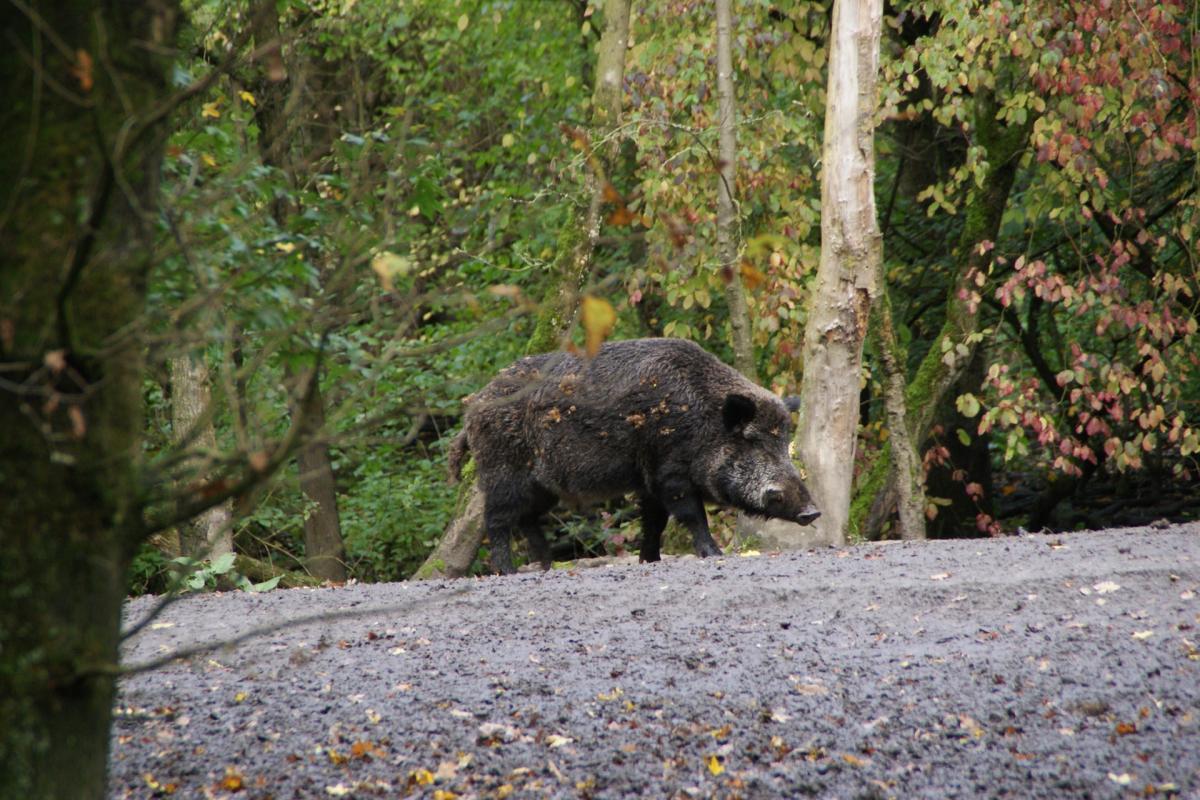
- Name: Wild boar
- Scientific name: Sus scrofa
- Conservation status:
The wild boar, also known as the Eurasian wild pig or the wild swine is a species of suid native to most of Eurasia and North Africa, where it is one of the most widespread animals. It has also been introduced to the Americas and Oceania.
The subspecies that can be found in Denmark is the Central European boar. It is medium-sized and has dark hair and narrow lacrimal bones.
4. Water rail
- Name: Water rail
- Scientific name: Rallus aquaticus
- Conservation status:
The water rail is a species of bird native to Europe, Asia, and North Africa. While northern and eastern populations are migratory, the ones in warmer areas are permanent residents. Its upper parts are brown, its under parts are blue and it has a long reddish bill.
This bird likes to breed in marshy areas with tall vegetation, and chicks hatch in 19 to 22 days. Though it is considered of least concern for now, it is quite vulnerable to floods and freezing conditions, as well as predation and habitat loss.
5. Harp seal
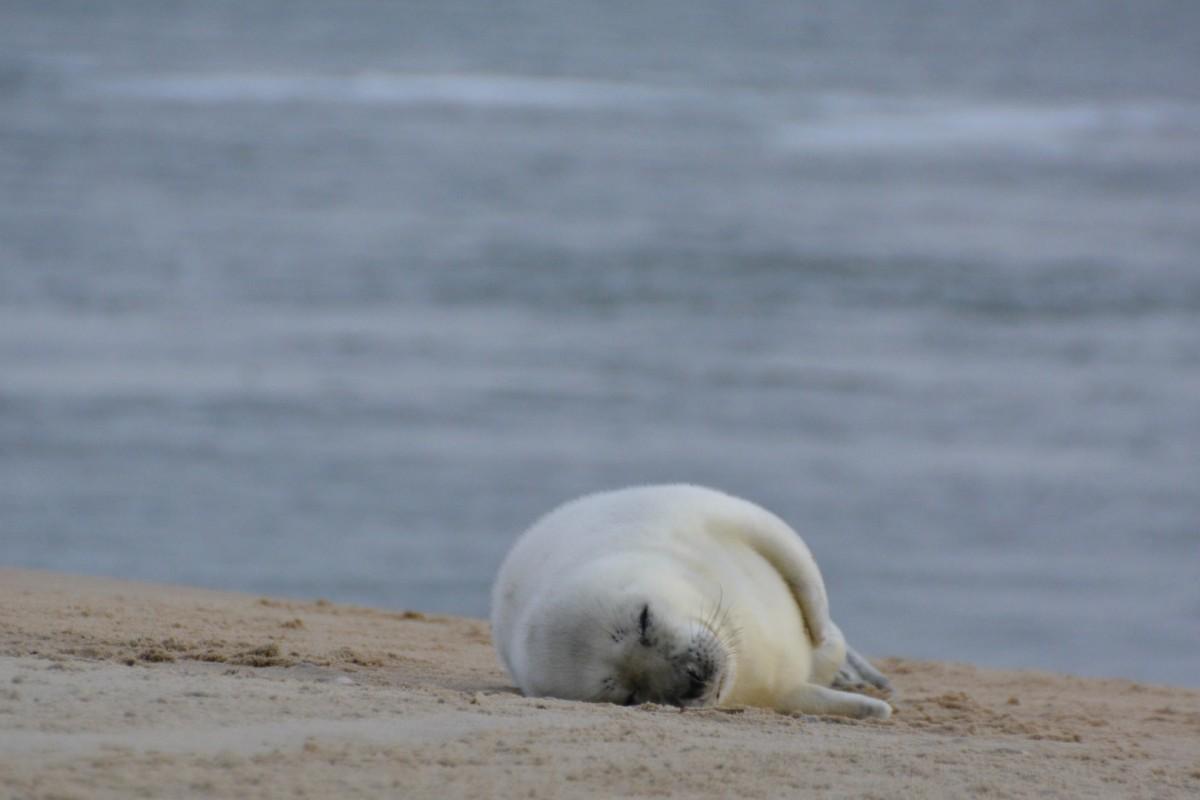
- Name: Harp seal
- Scientific name: Pagophilus groenlandicus
- Conservation status:
The Harp seal, also known as the Greenland seal or the saddleback seal, is a species of earless seal native to the northern parts of the Atlantic Ocean as well as the Arctic Ocean.
Interestingly enough, compared to other species of seal, this one does not dive very deep, but from 20 to 500 m / 65.6 to 1,640 ft, only for about 2 minutes. The global population of the harp seal is estimated to be around 7.6 million individuals.
6. Walrus
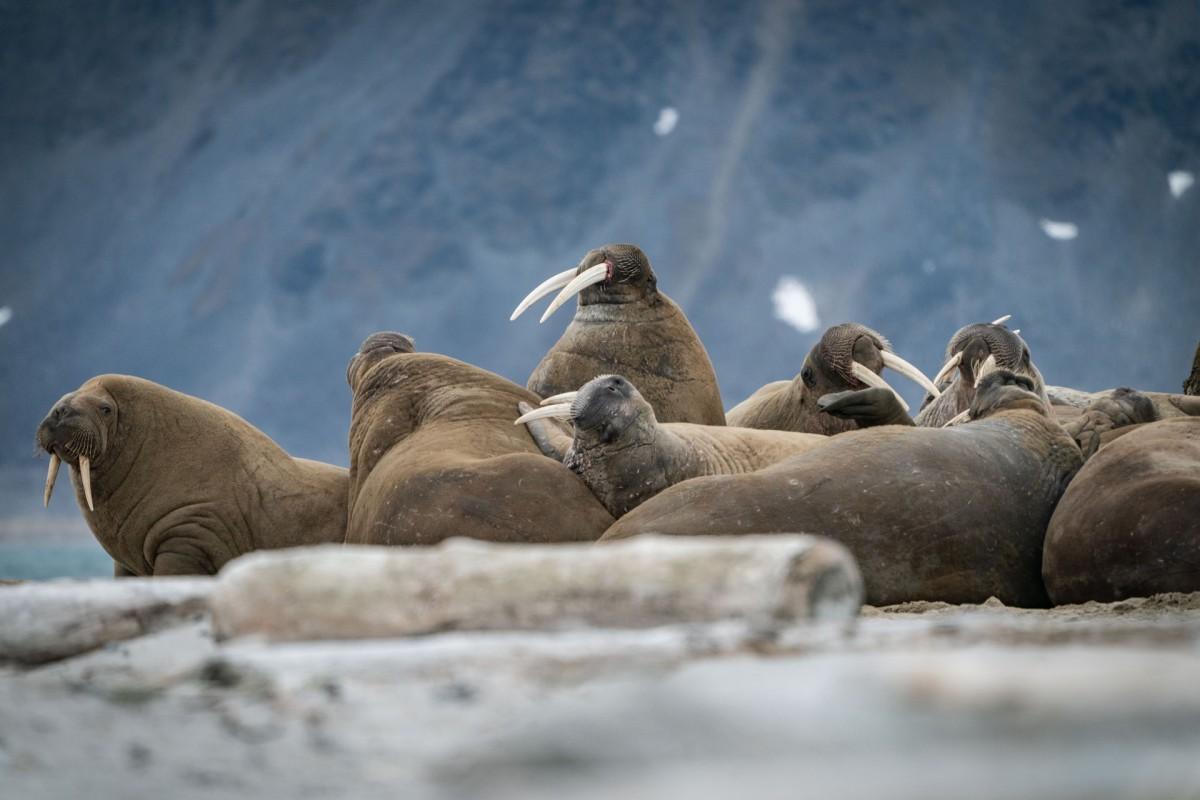
- Name: Walrus
- Scientific name: Odobenus rosmarus
- Conservation status:
I cannot talk about seals without mentioning walruses. These marine mammals have prominent tusks, and can weigh more than 2,000 kilograms / 4,400 pounds!
The walrus is native to the northernmost parts of the globe and plays a significant role in Arctic people’s folklore. It has been extensively hunted for its meat, skin, tusks, bone, and fat, especially throughout the 19th and 20th centuries. Because of this, walrus populations are scattered and small, though they are slowly rebounding.
7. Beech marten
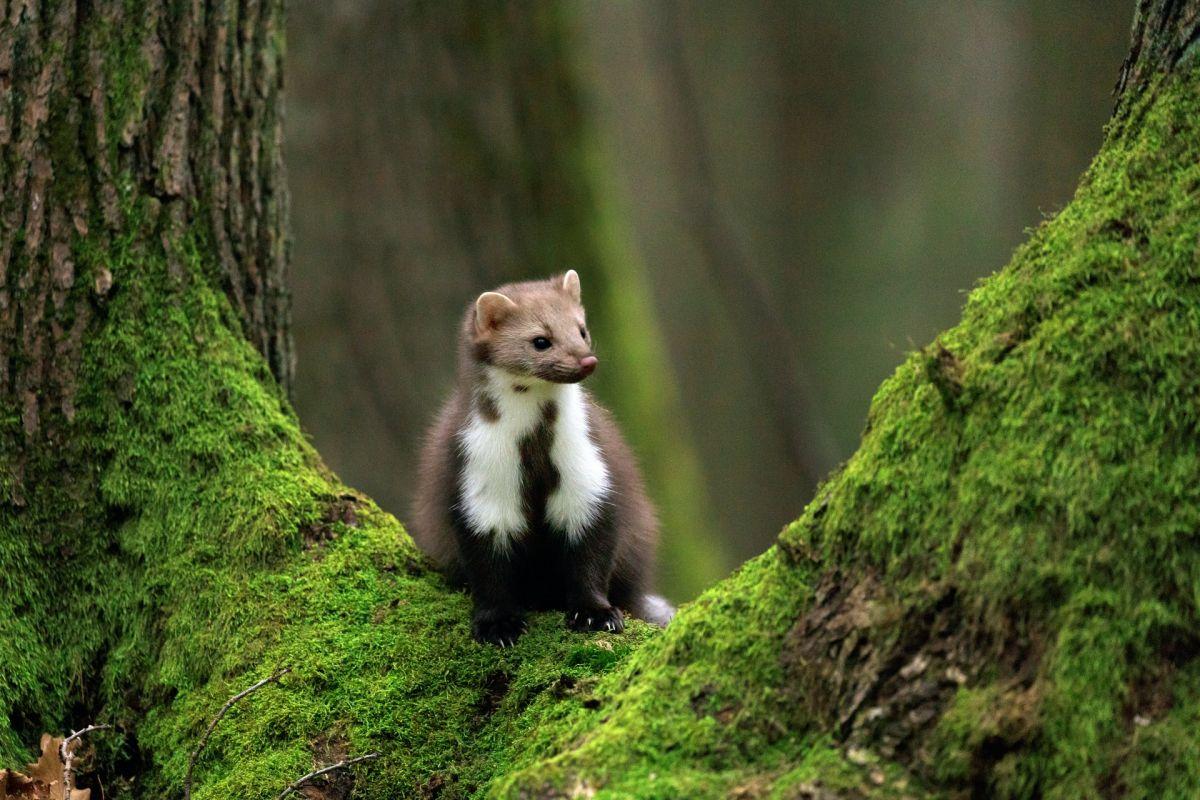
- Name: Beech marten
- Scientific name: Martes foina
- Conservation status:
The beech marten, also known as the white-breasted marten, the house marten, or the stone marten, is a species of mammal native to most of Europe and Central Asia. On top of this, a small feral population lives in North America.
This marten is very adaptable and generalist and can live in a number of forests and open habitats. Its diet is mostly made of plant food such as apples, cherries, tomatoes, and raspberries.
8. Raccoon
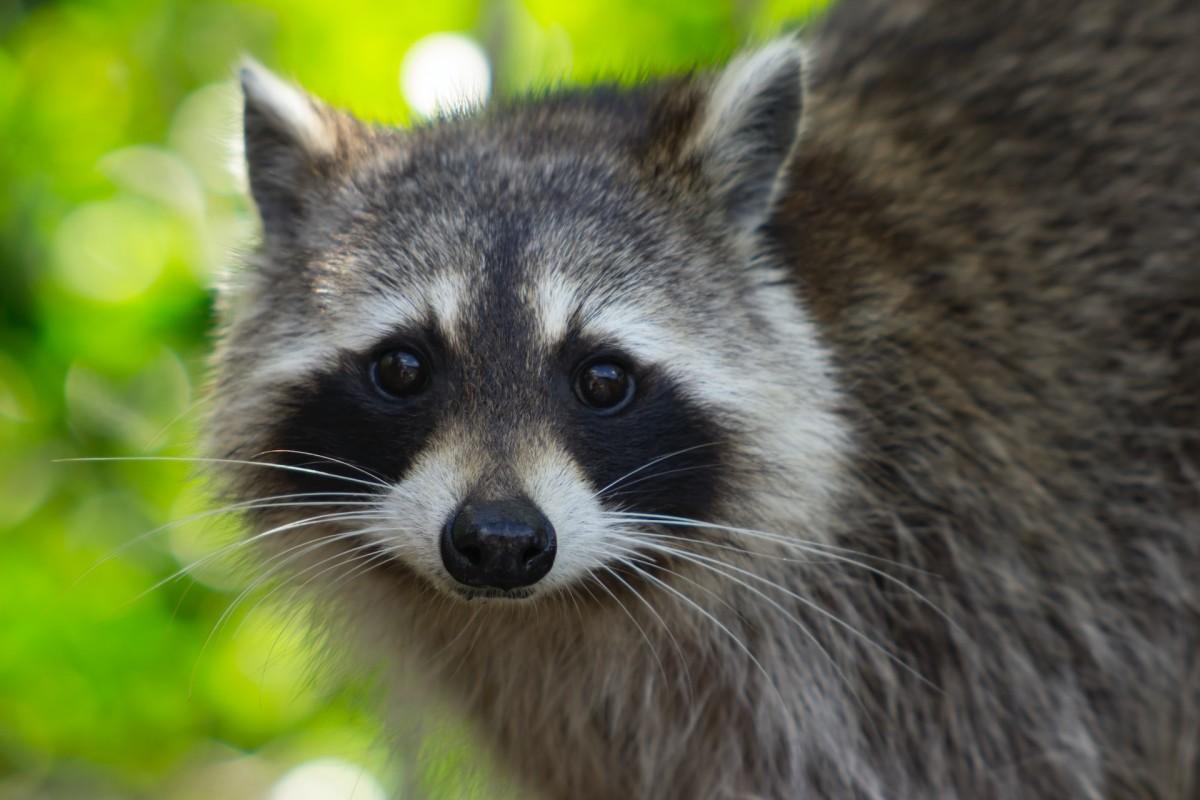
- Name: Raccoon
- Scientific name: Procyon lotor
- Conservation status:
The raccoon is a species of medium-sized mammal native to North America, though it has been introduced to other parts of the world such as Europe, western Asia, and Japan. Depending on the country, this animal can be considered an invasive species.
The characteristics of the raccoon are its black face mask, its fantastic front paws it can use to do almost anything, and its ringed tail. This animal is nocturnal and omnivorous, as it mostly feeds on invertebrates, but also plants and vertebrates.
9. Demoiselle crane
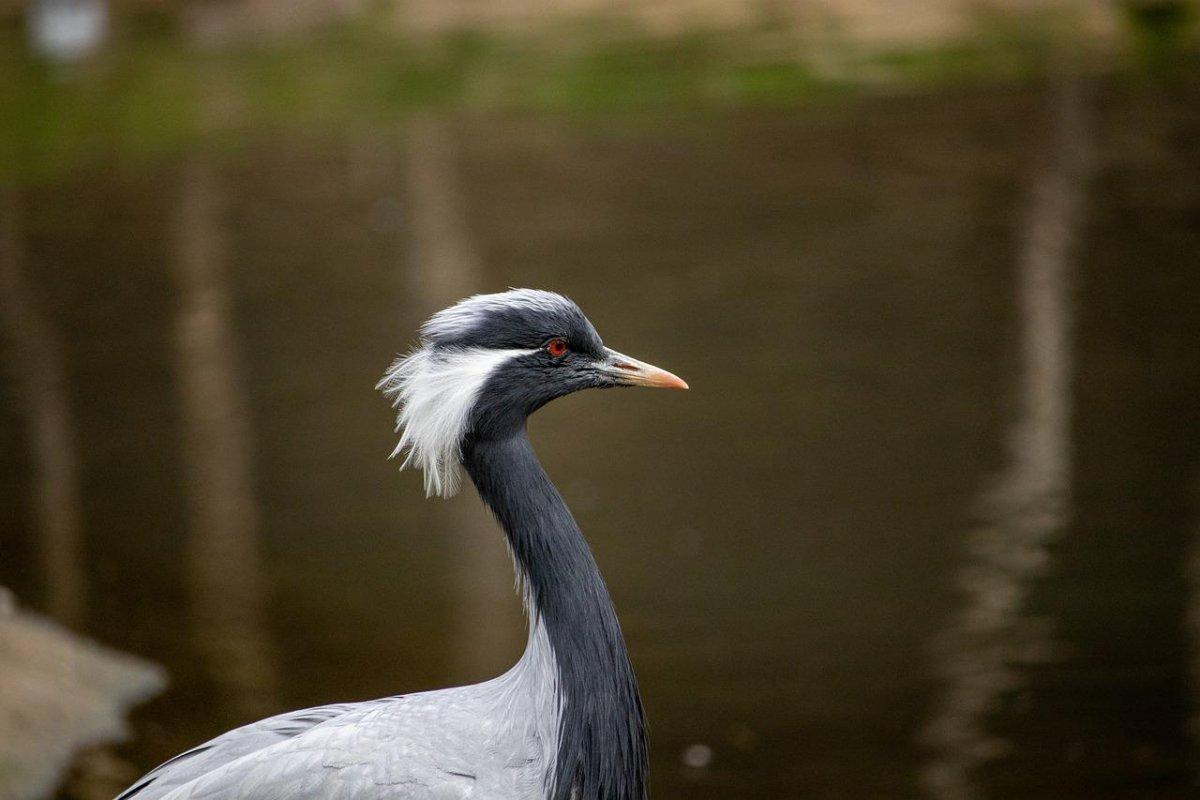
- Name: Demoiselle crane
- Scientific name: Grus virgo
- Conservation status:
The demoiselle crane is a species of crane native to central Eurosiberia, as well as Turkey and other parts of Europe. It is a migratory bird that spends the winter either in the Indian subcontinent or in Africa.
This bird can be found in many different environments, such as desert areas and various grasslands. It is a prominent figure in Indian literature and religion, and beautiful women are compared to this bird because of its gracefulness.
10. Gray wolf
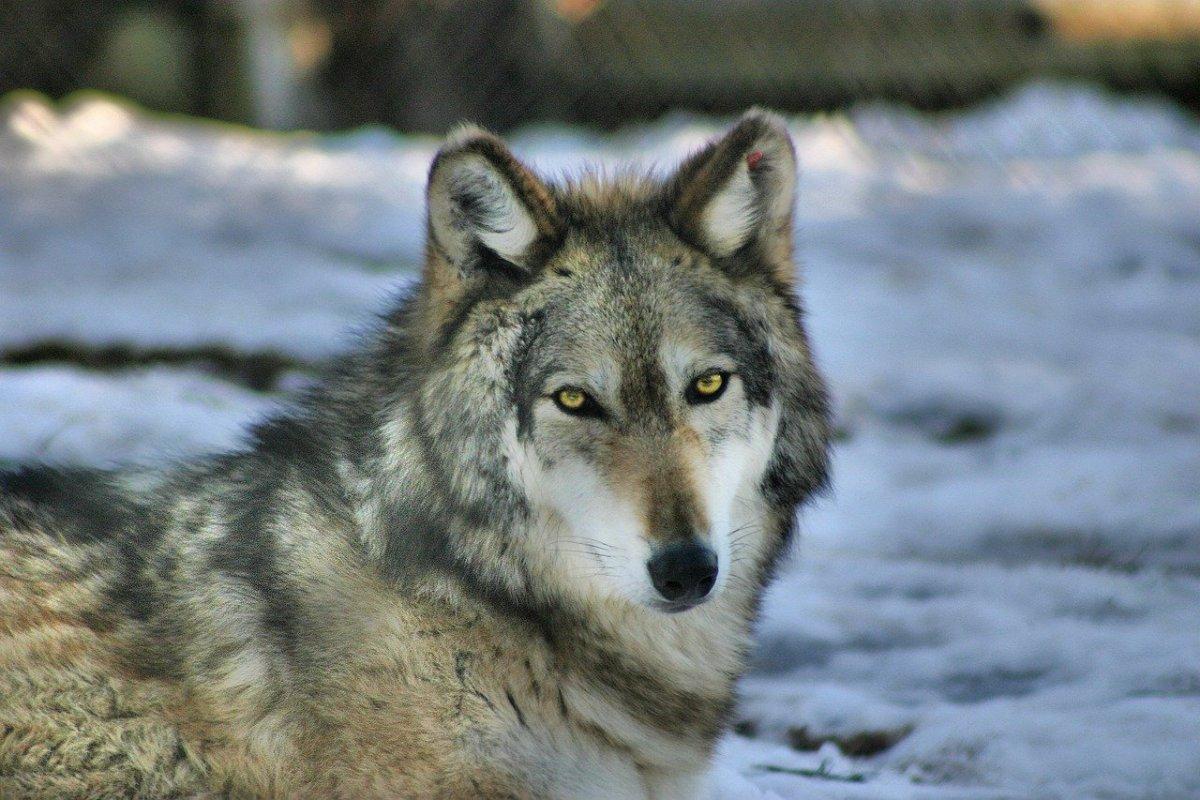
- Name: Gray wolf
- Scientific name: Canis lupus
- Conservation status:
The gray wolf is a large species of canine native to Eurasia and North America. It is one of the most famous animals on the planet and the largest member of the family Canidae.
It is renowned for its cooperative game hunting and its social nature: the gray wolf will not hesitate to cooperate and take down prey. It also has advanced expressive behavior, such as group howling.
11. Common raccoon dog
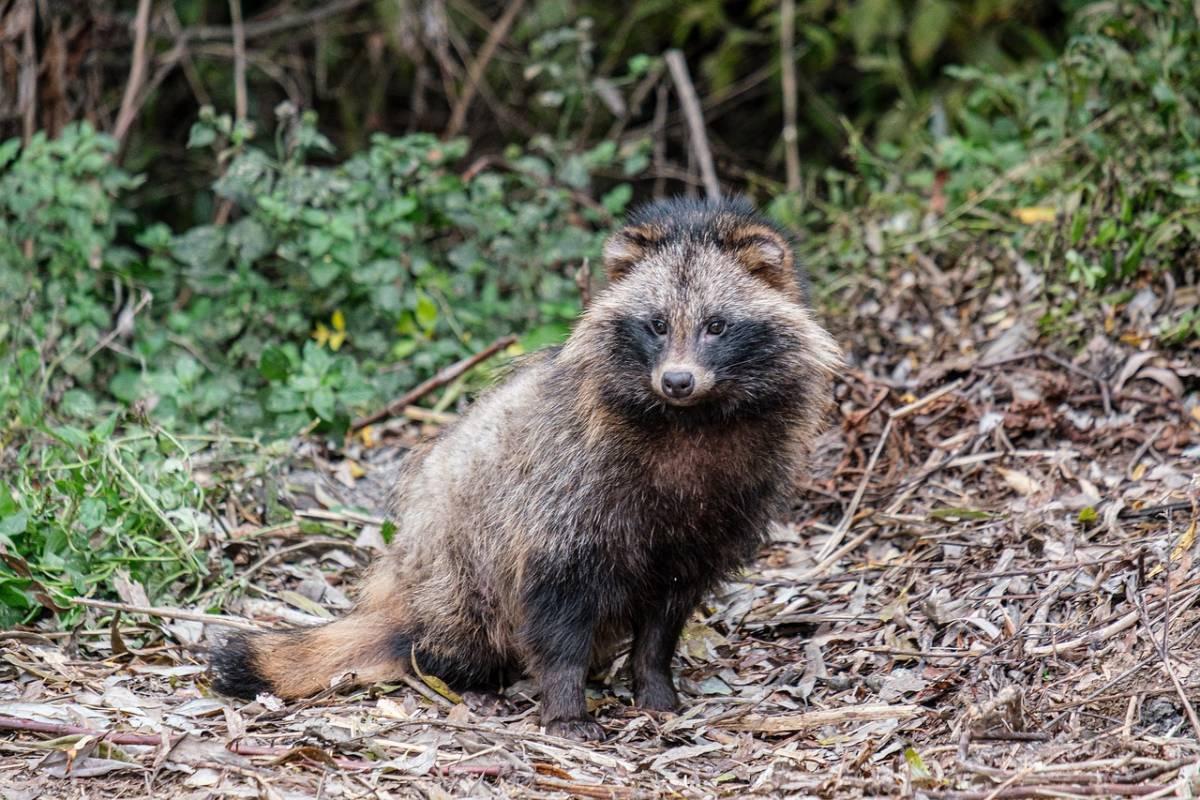
- Name: Common raccoon dog
- Scientific name: Nyctereutes procyonoides
- Conservation status:
After the dogs and the raccoons come the raccoon dogs. The common raccoon dog, also known as the Chinese raccoon dog, the mangut, or the neoguri, is a species of canid native to Vietnam and eastern Asia. It has been introduced to eastern Europe and western Asia as well.
Though it is related to the dog, it gets its name from its recognizable face mask. The reason for its appearance in Europe was the fur trade, and it is locally known as an invasive species.
12. Harbour porpoise
- Name: Harbour porpoise
- Scientific name: Phocoena phocoena
- Conservation status:
The harbour porpoise is one of the smallest species of cetacean. As its name suggests, it usually stays near river estuaries or coastal areas, making it a perfect target for whale watchers. It also ventures in rivers and has even been seen hundreds of kilometers from the sea.
There are at least 700,000 individuals in the wild, and they mostly live in Europe (467,000 of them). This porpoise likes temperate and subarctic waters and mostly feeds on small fish.
13. Roe deer
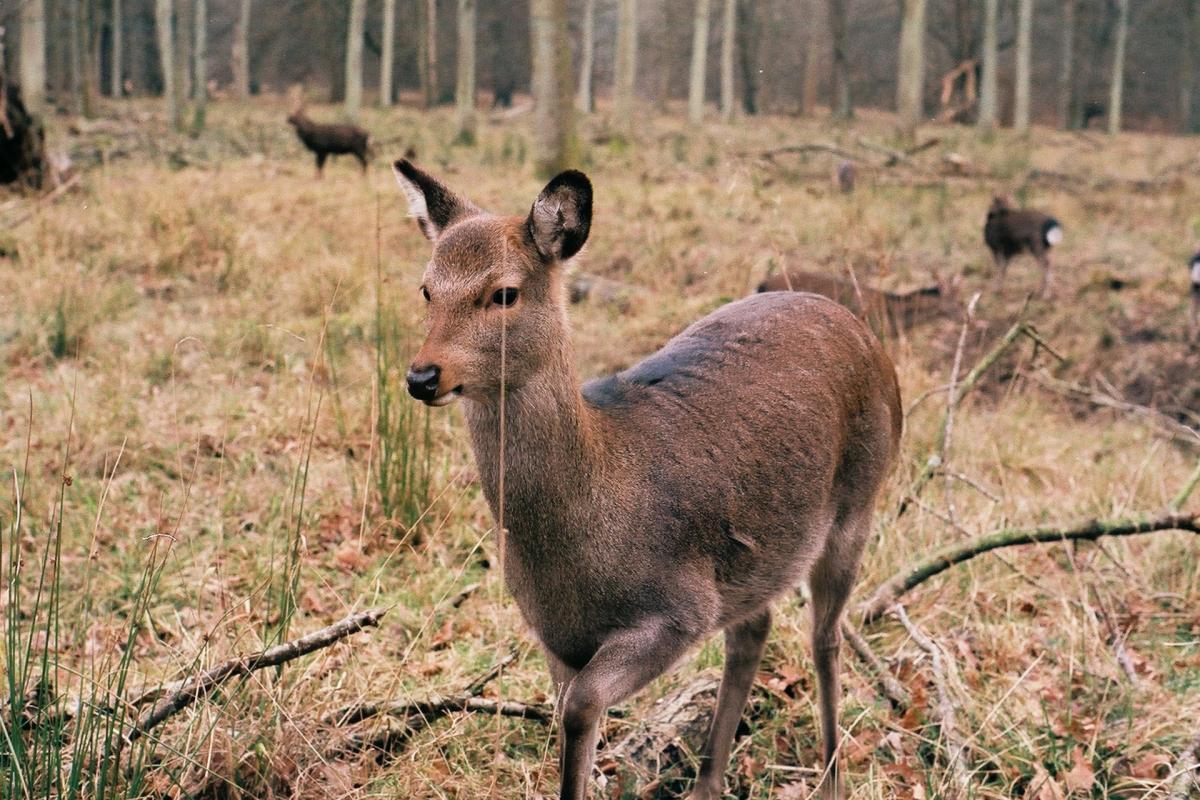
- Name: Roe deer
- Scientific name: Capreolus capreolus
- Conservation status:
The roe deer, also known as the European roe or the western roe deer, is a species of deer native to Europe. It is a small deer that is fairly well adapted to cold environments, and that is widely spread in its range.
This deer can be found in a wide variety of habitats, from open agricultural lands to dense forests and grasslands. However, no matter the individual, it will remain in refuge habitats to mitigate risk during the day.
14. Beluga whale
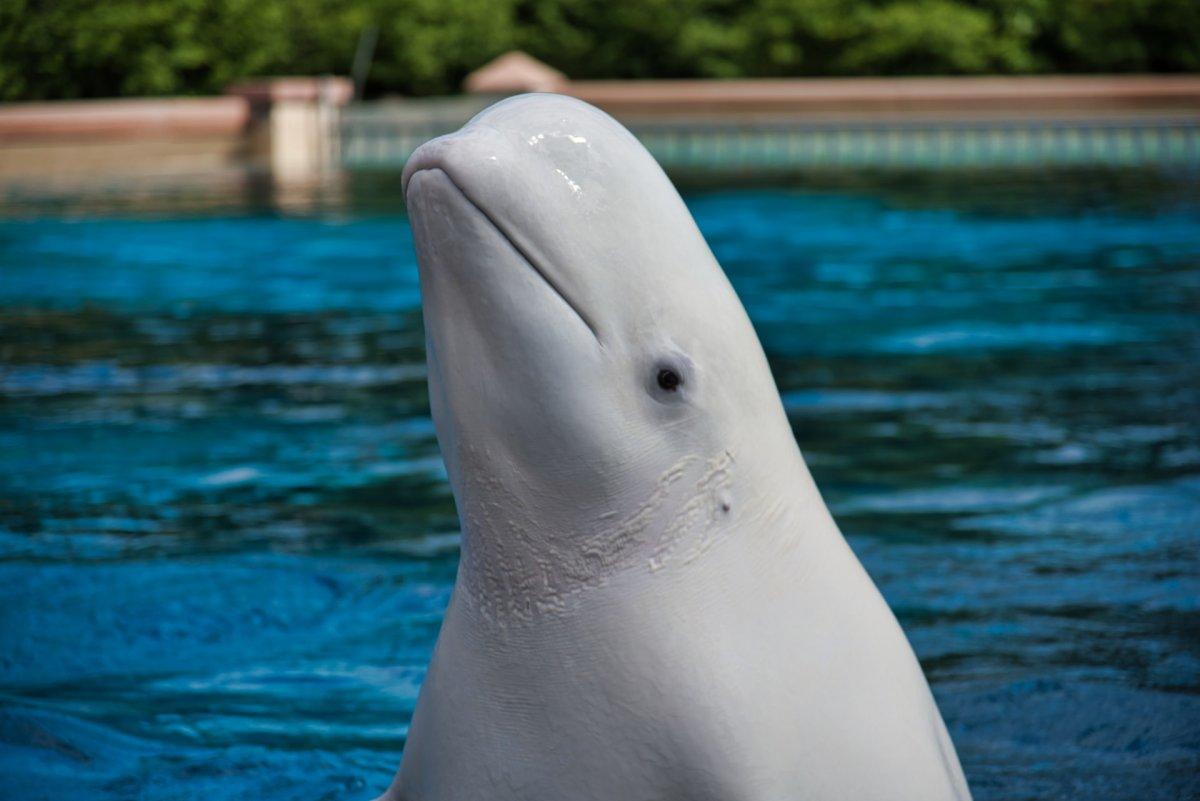
- Name: Beluga whale
- Scientific name: Delphinapterus leucas
- Conservation status:
The beluga whale, also known as the melonhead, the sea canary, or the white whale, is a species of Arctic cetacean. It is not to be confused with the melon-headed whale, an oceanic dolphin.
It is adapted to the Arctic, such as its all-white color, or the absence of a dorsal fin, which is perfect to swim under the ice. Its characteristic head is actually called a melon: the beluga whale uses it for echolocation to navigate in dark waters.
15. European polecat
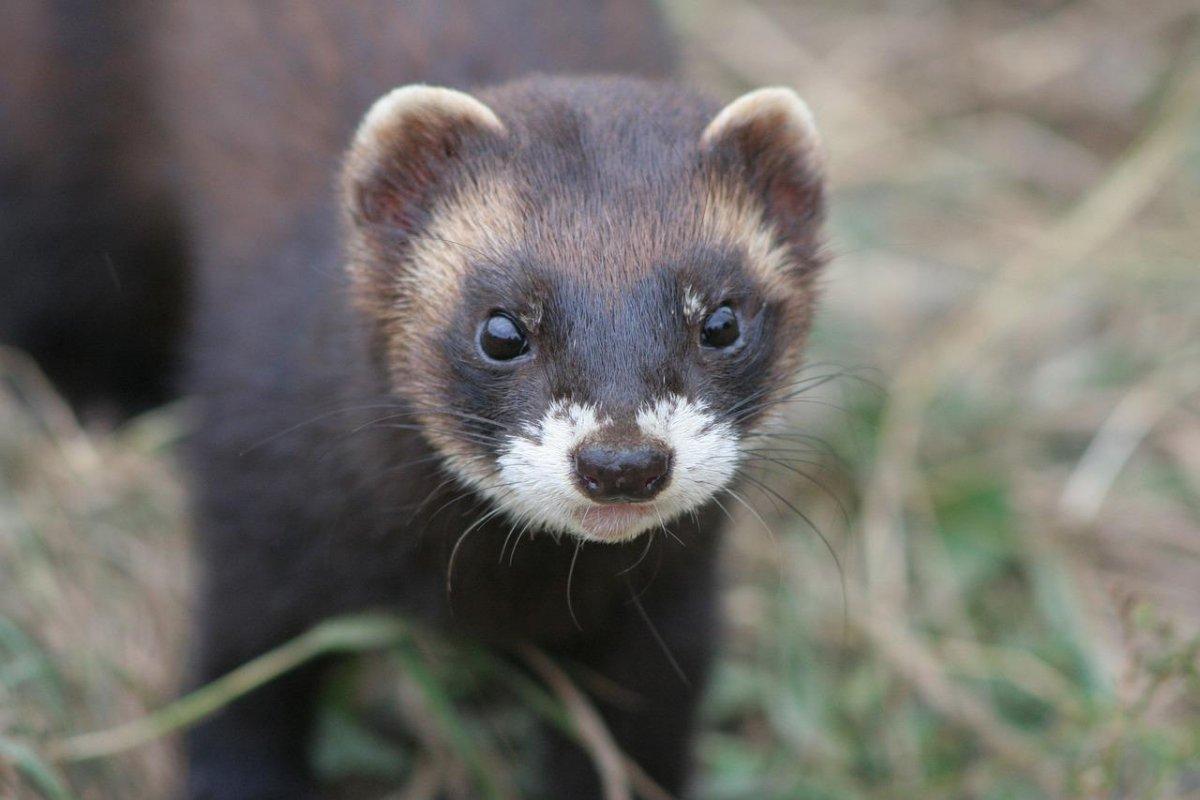
- Name: European polecat
- Scientific name: Mustela putorius
- Conservation status:
The European polecat is a species of mustelid native to North Africa and western Eurasia. It has a shorter body compared to other minks and weasels, as well as a stronger dentition and lesser territorial behavior.
It is the living ancestor of the ferret, which was domesticated more than 2 millennia ago. It is considered a pest by humans and has been persecuted by hunters, especially in rural areas.
16. Red fox
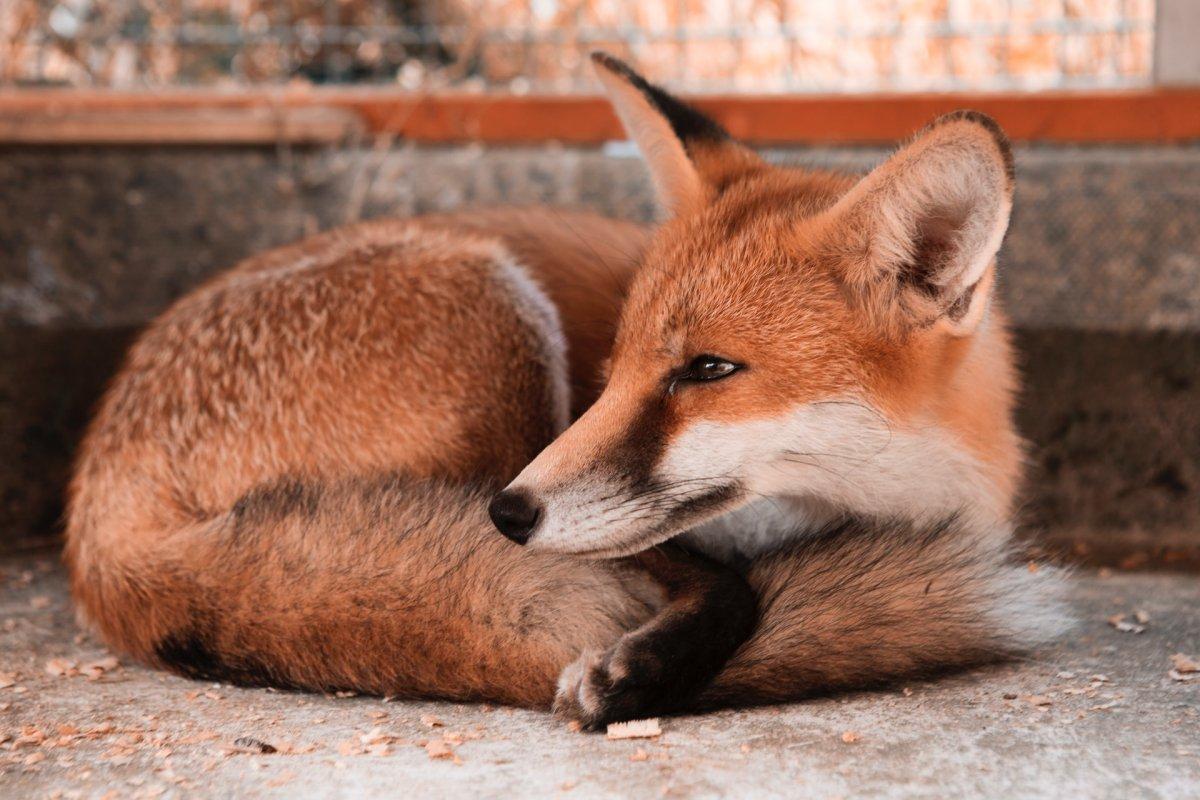
- Name: Red fox
- Scientific name: Vulpes vulpes
- Conservation status:
What would a list of animals in a European country be without the red fox? This species of true fox is one of the most widely distributed species of carnivores on the planet, and one of the most successful species in general. It is highly versatile and will fit into almost any environment, and feed on whatever it can.
The red fox usually lives in pairs or small groups of a mated pair and their young, or a male and several females.
17. Nutria
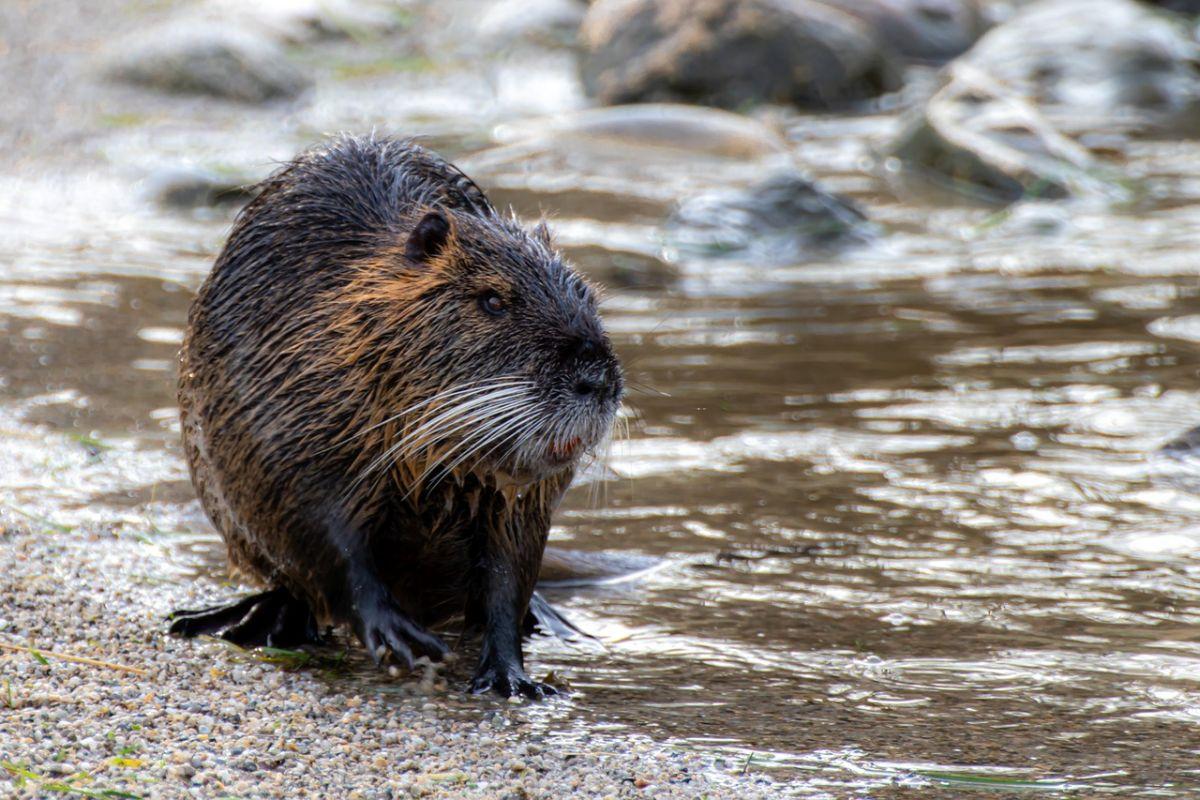
- Name: Nutria
- Scientific name: Myocastor coypus
- Conservation status:
The nutria, also known as the coypu, is a species of large, herbivorous rodent. It is semiaquatic, lives in burrows next to bodies of water, and feeds on river plant stems.
You might have never heard of it, but the nutria is part of the family of spiny rats. Though it is native to subtropical and temperate South America, it has been introduced to Europe, North America, Africa, and Asia, mostly by fur farmers.
18. Siberian chipmunk
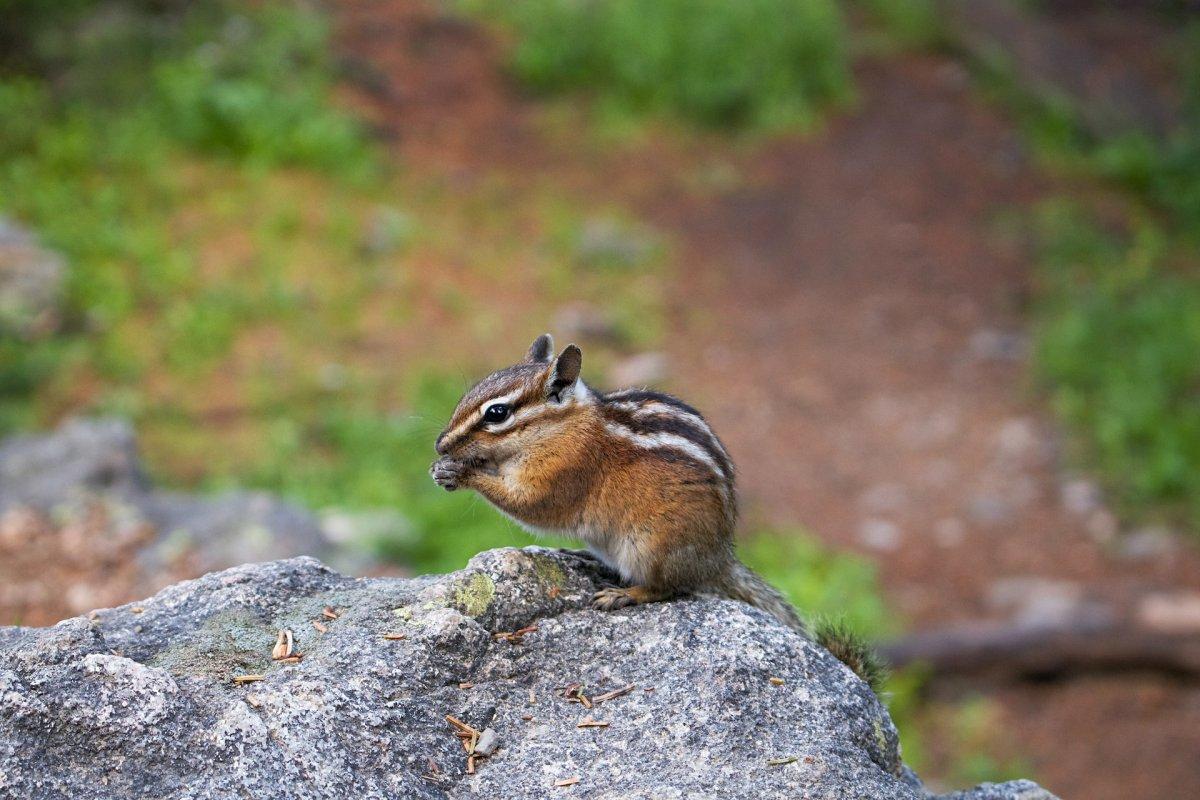
- Name: Siberian chipmunk
- Scientific name: Eutamias sibiricus
- Conservation status:
The Siberian chipmunk, also known as the common chipmunk, is a species of rodent native to northern Asia, central Russia, China, Japan, and South Korea. During the 1960s, it was imported to Europe as a pet, and can since then be found there.
However, since 2016, it has been included on the list of invasive species, and cannot be bred, imported, transported, released into the environment, or commercialized within the European Union.
—
So there you have them, these were my 18 native animals of Denmark. I hope you enjoyed this list and that you learned something new today.
In case you want to learn more about the animals that live in Denmark, feel free to keep reading, as I still have lots of things to tell you about:
Endangered Animals of Denmark
This is definitely the saddest part of the list, but it is very important to raise awareness. Because of this, let’s go through the list of endangered animals in Denmark.
Here are the animals in danger of extinction in Denmark.
- None
- Angelshark
- Common blue skate
- Atlantic sturgeon
- Yellow-breasted bunting
- Balearic shearwater
- and 5 more…
- White-headed duck
- Bramble shark
- Atlantic halibut
- Great knot
- European rabbit
- and 4 more…
To see the full list of endangered species in Denmark, head over to the International Union for Conservation of Nature’s Red List.
What is the National Animal of Denmark?
Denmark national animal is the mute swan.
The mute swan is quite famous for its snow-white feathers, as well as for being the main character in “The Ugly Duckling”, a notorious novel by H.C. Andersen.
This bird is native to most of Eurasia and can be seen as far south as northern Africa. It has also been introduced to North America. Its name comes from the fact that it is much less vocal than other swan species.
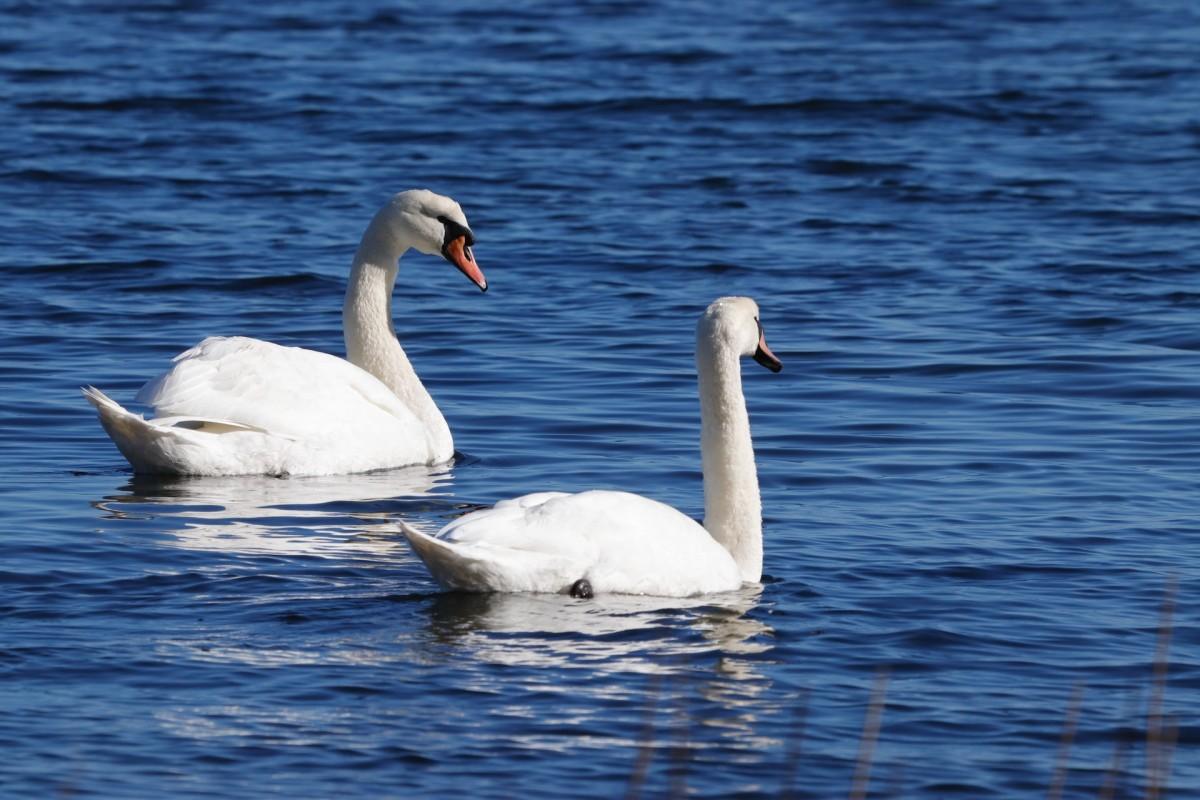
How Many Animals Native to Denmark?
What is the diversity of native animals in Denmark?
Let’s look at the total number of species of Chordata (mammals, birds, fishes, and reptiles).
Total number of animal species in Denmark: 800 (3,149 in total in Europe)
More About Animals in the World!
Loved these Denmark animal facts? Want to see what animals live in other countries?
Then check out these posts:
Or click here to see ALL the facts up on the blog! Spoiler alert: there’s A LOT of them.
Share the knowledge! Click on the buttons below to share information about these famous animals in Denmark with your friends, and help them learn more about the world 🙂
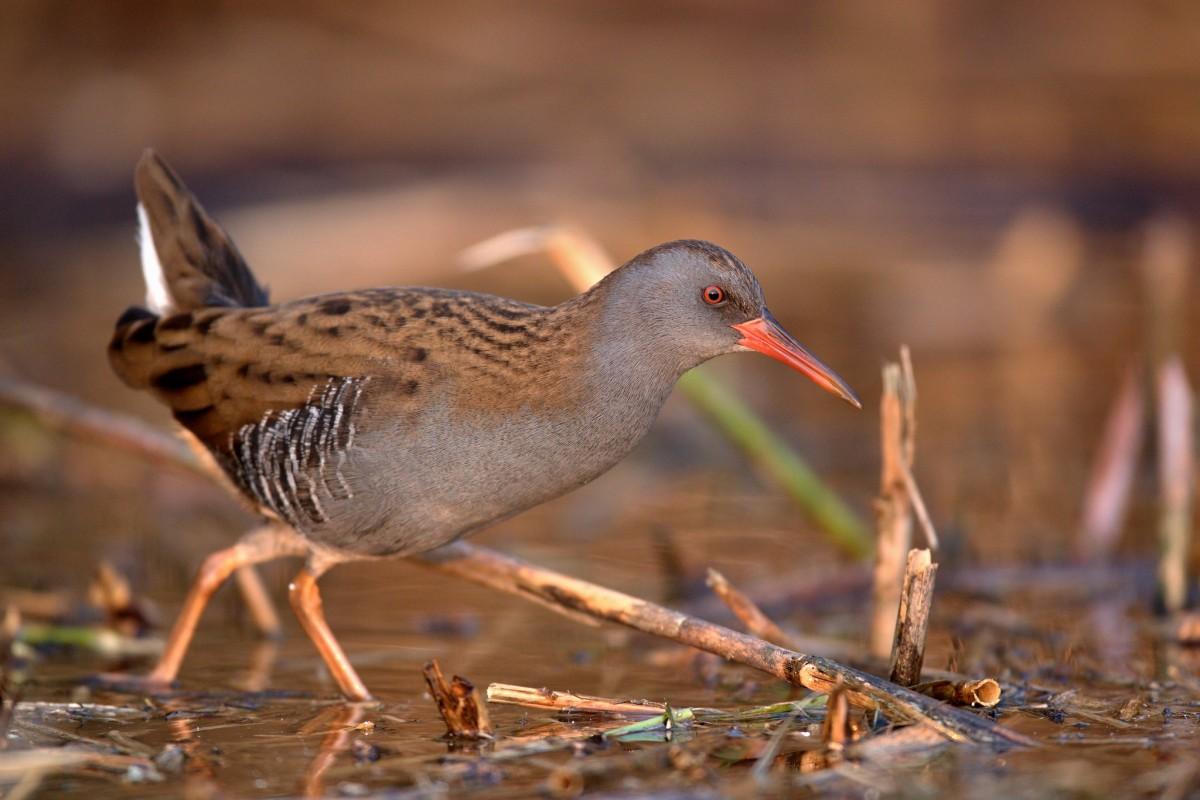
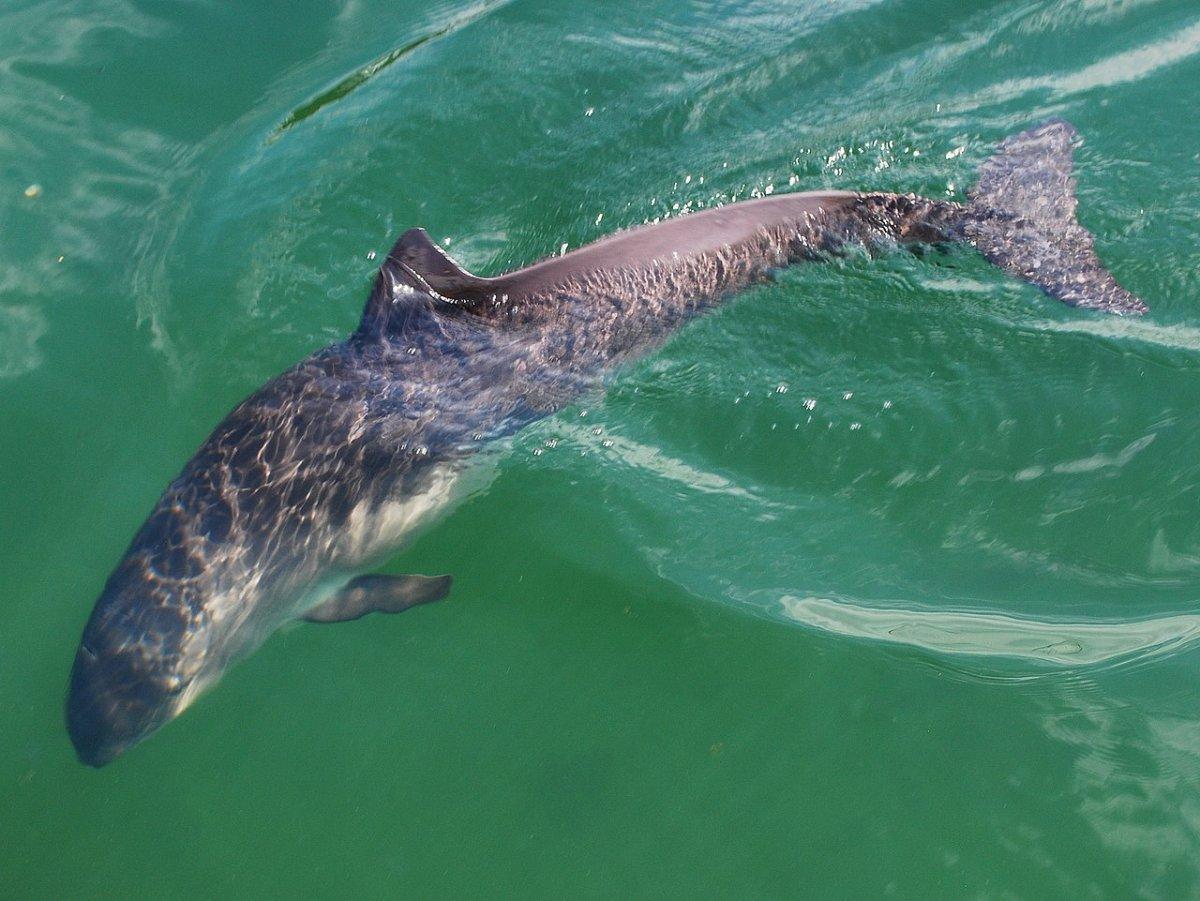

![21 Wild Animals in The Dominican Republic [Wildlife in The Dominican Republic]](https://www.kevmrc.com/wp-content/uploads/2022/06/21-wild-animals-in-the-dominican-republic.jpg)
![14 Wild Animals in Argentina [Wildlife in Argentina]](https://www.kevmrc.com/wp-content/uploads/2022/06/14-wild-animals-in-argentina.jpg)
![35 Wild Animals in China [Wildlife in China]](https://www.kevmrc.com/wp-content/uploads/2022/12/35-wild-animals-in-china.jpg)